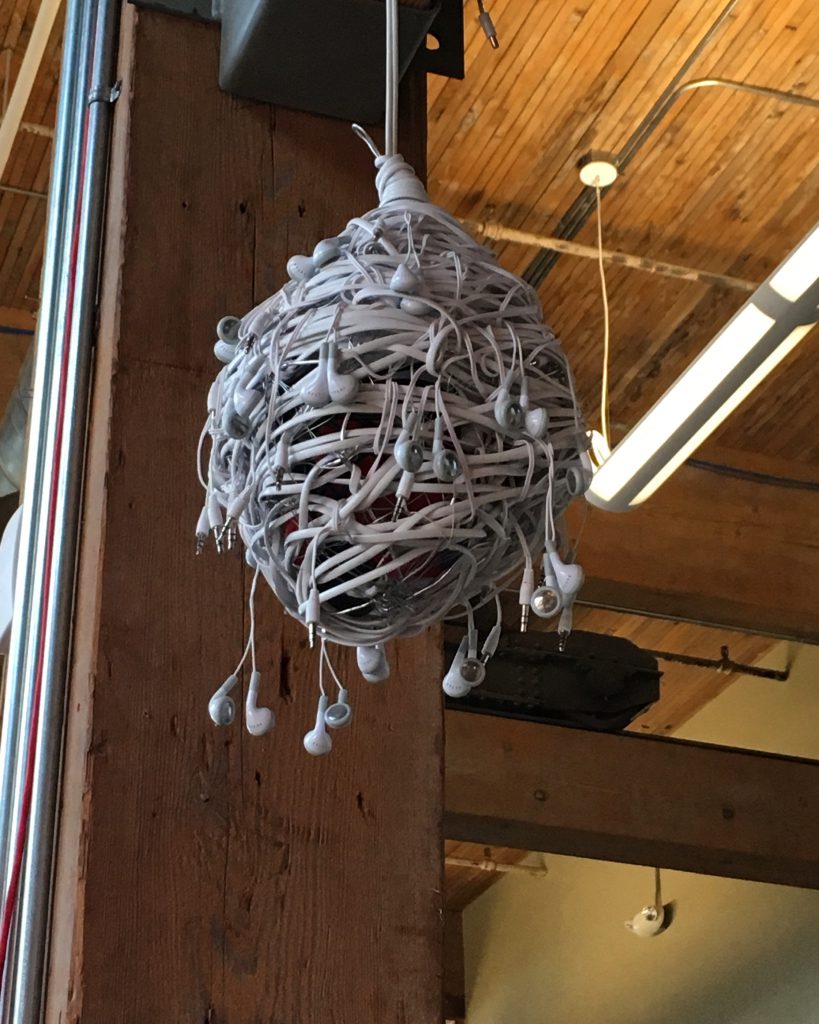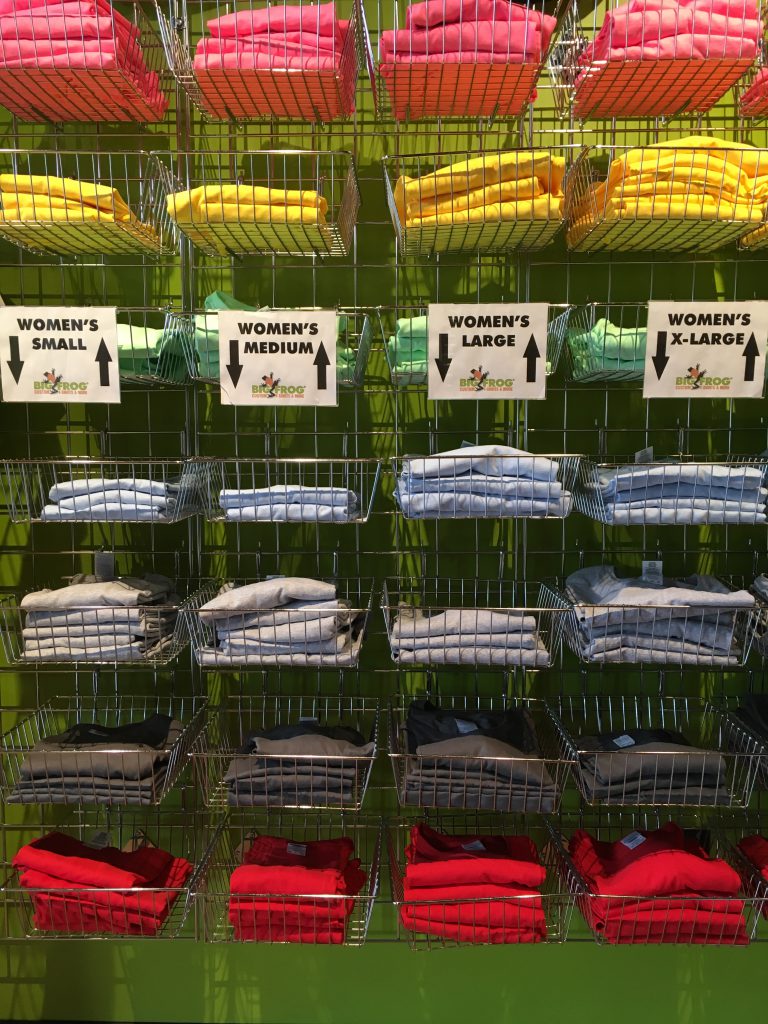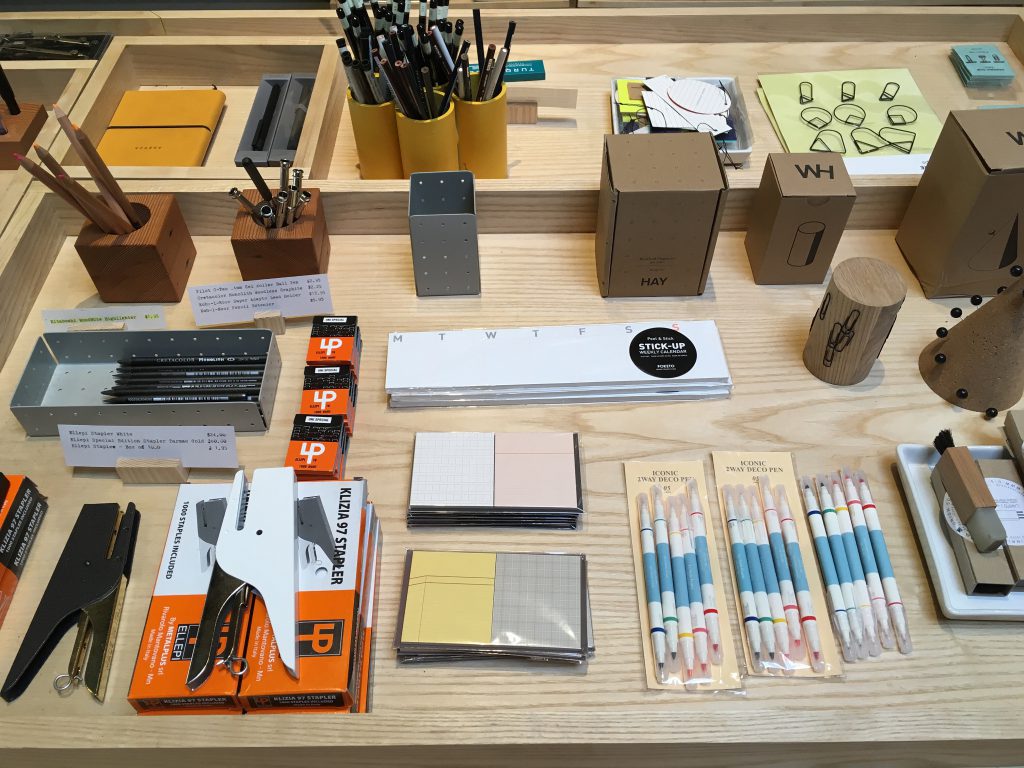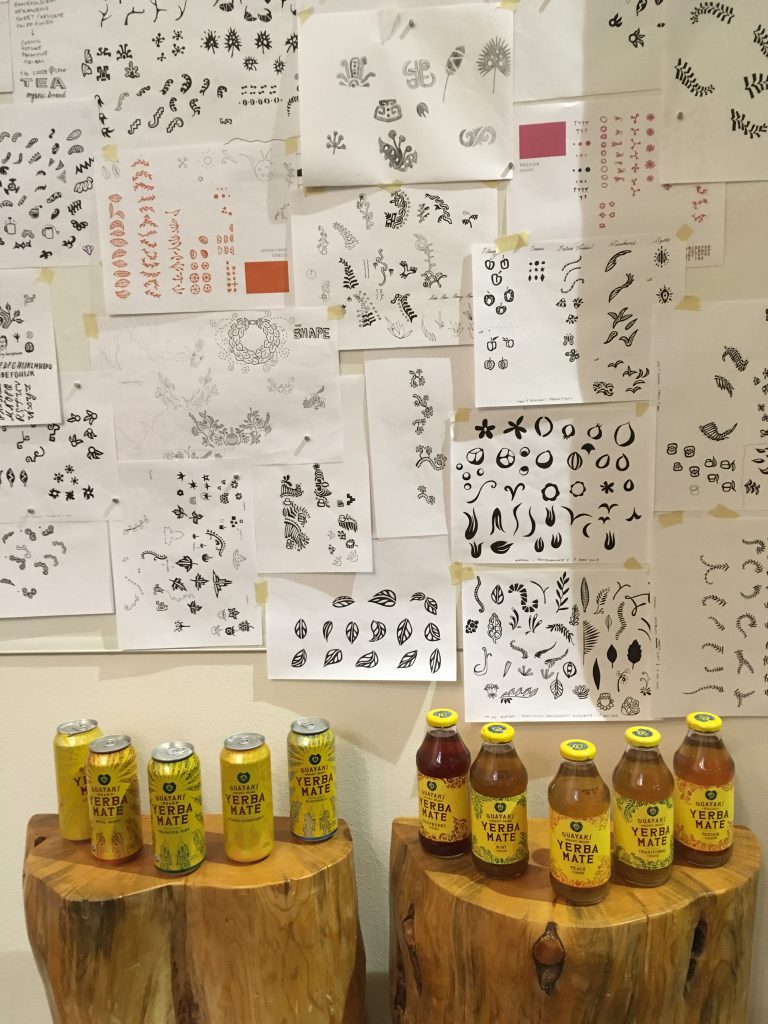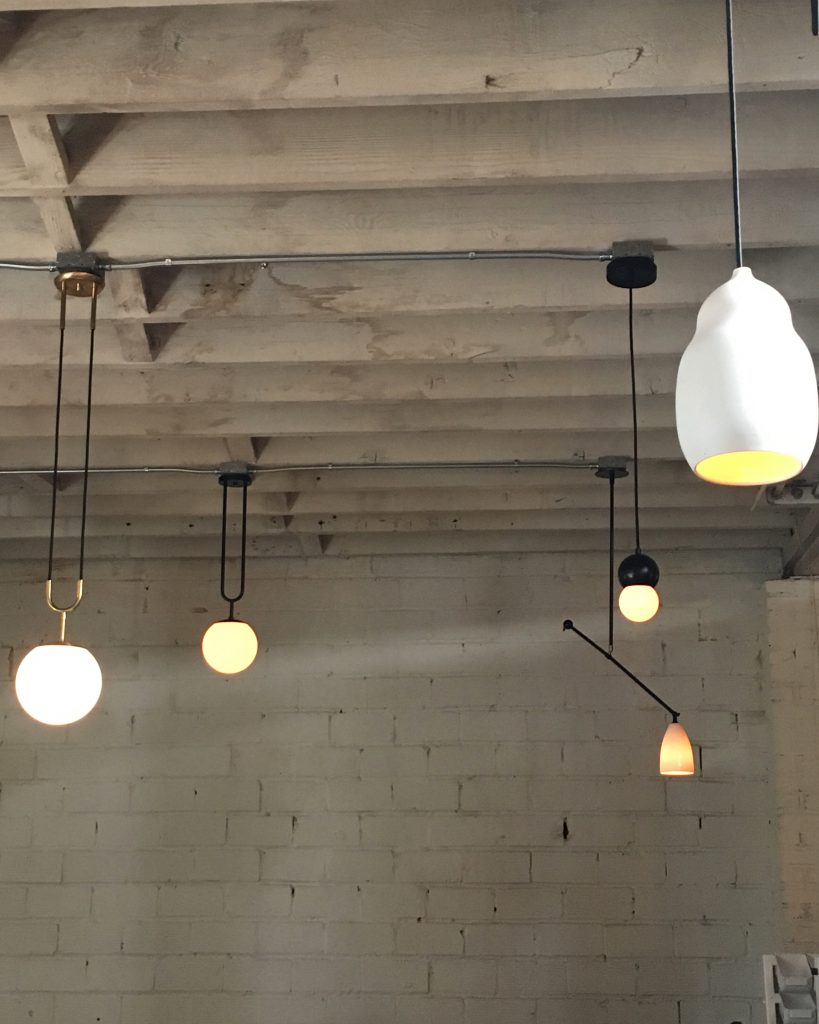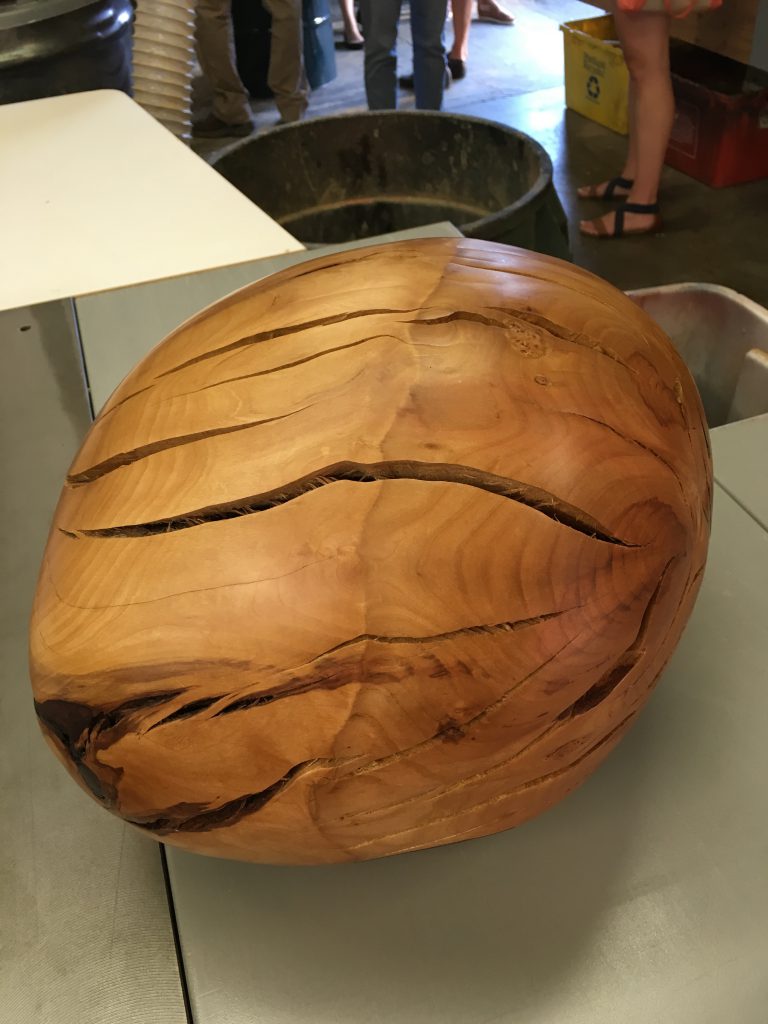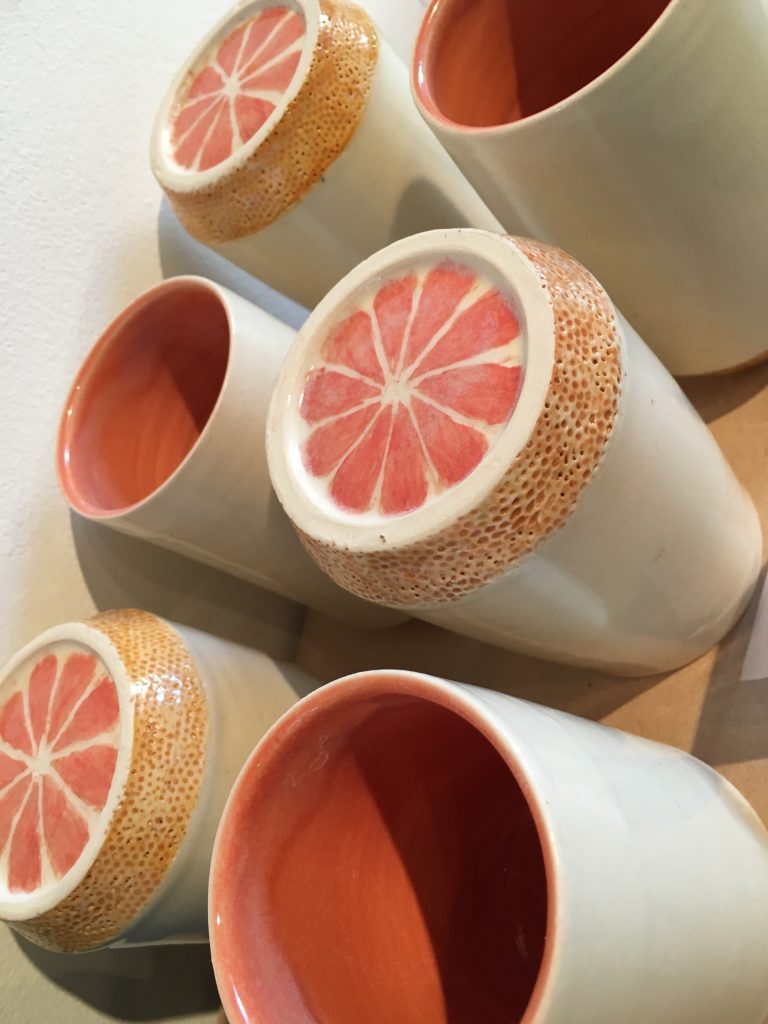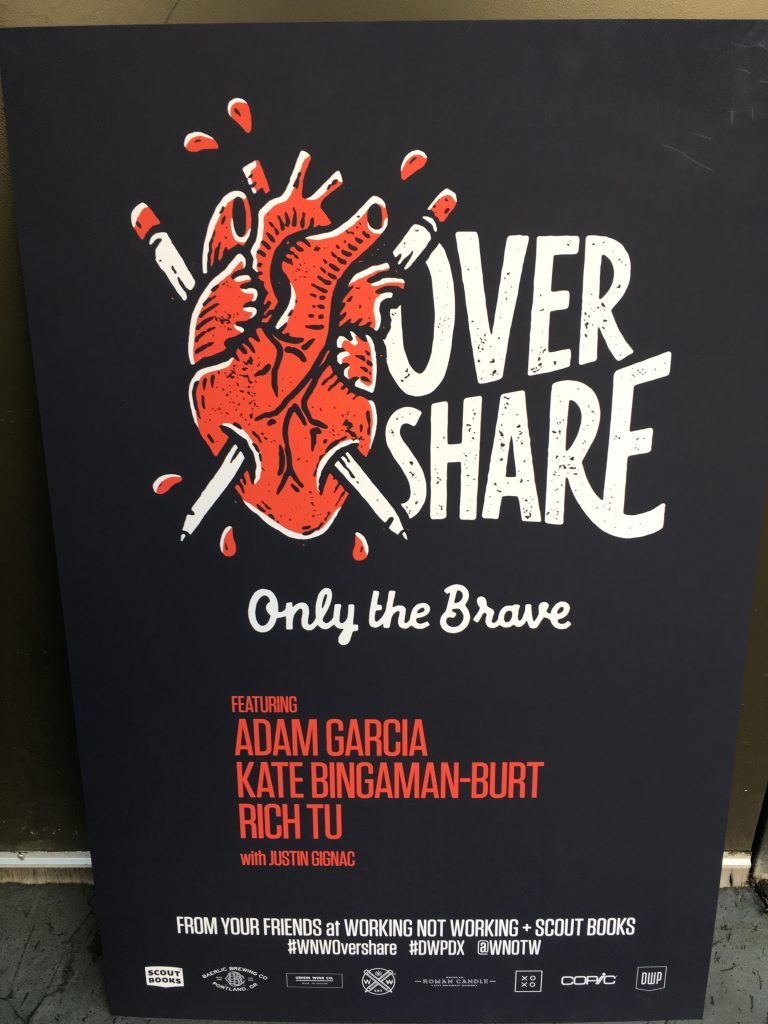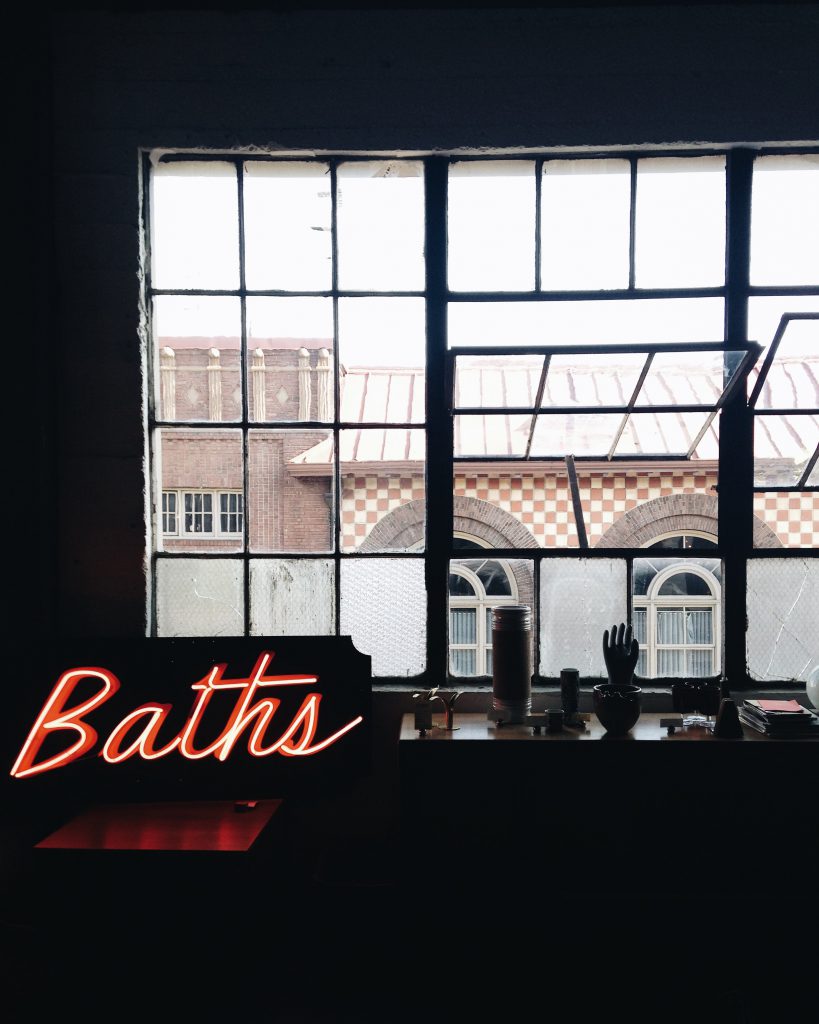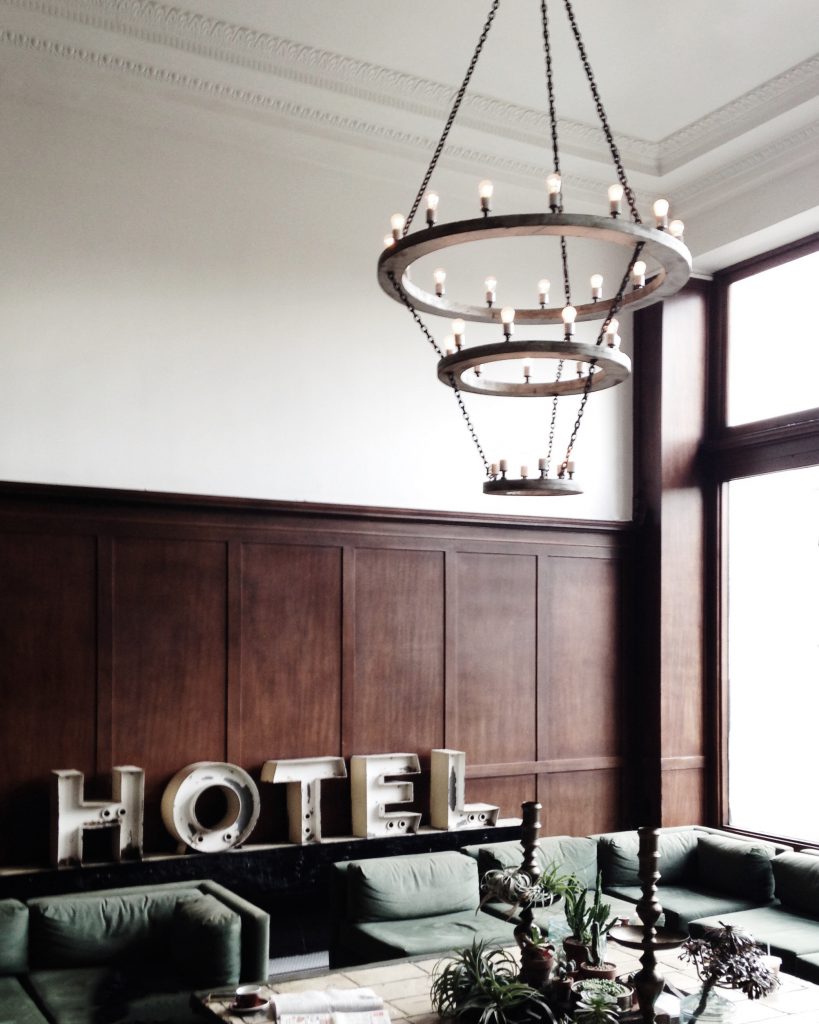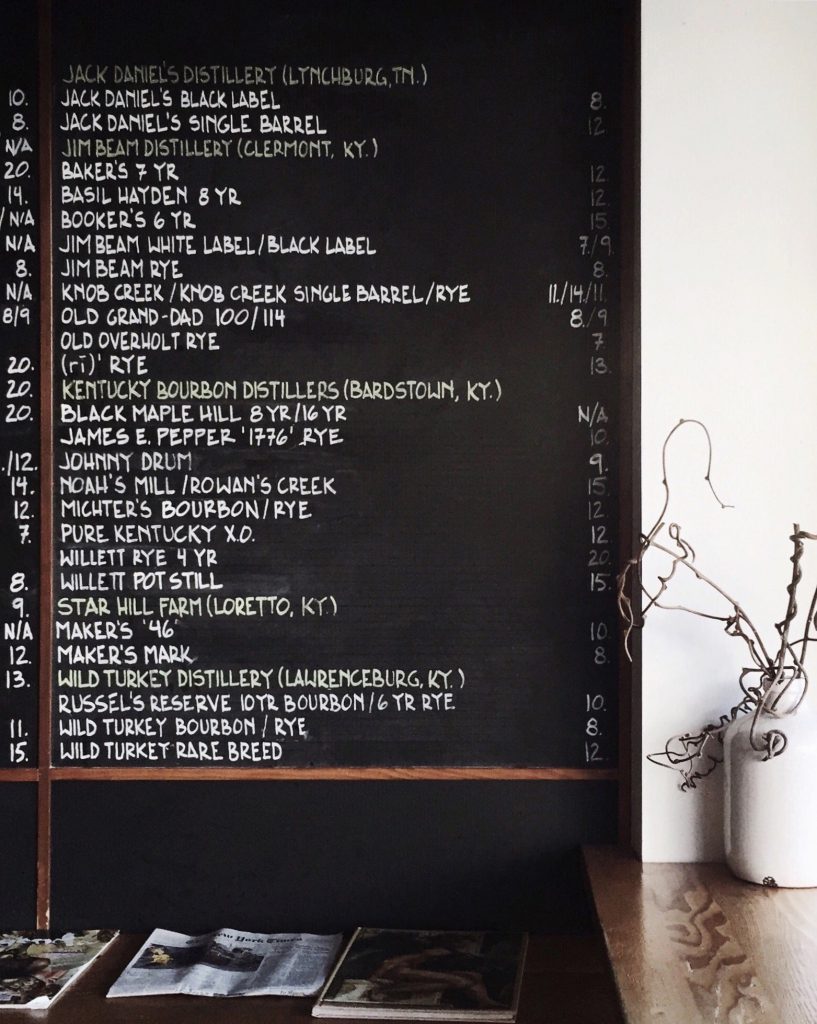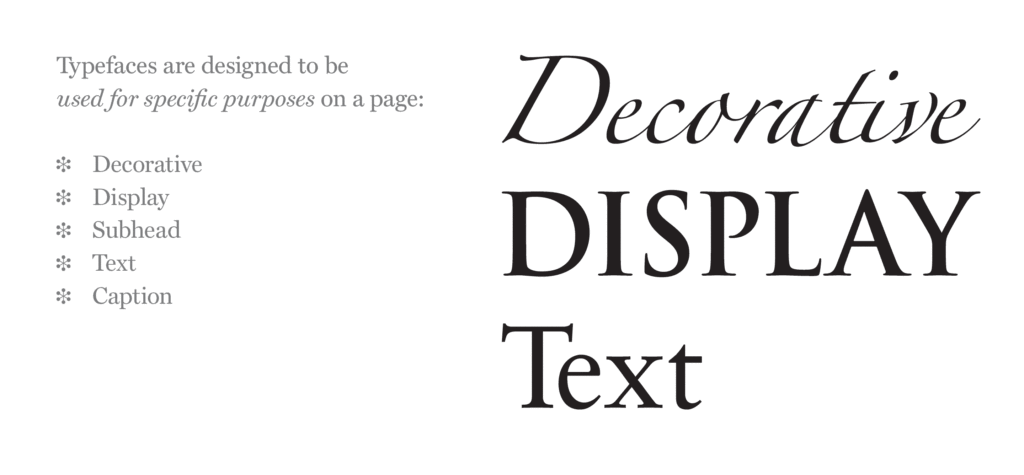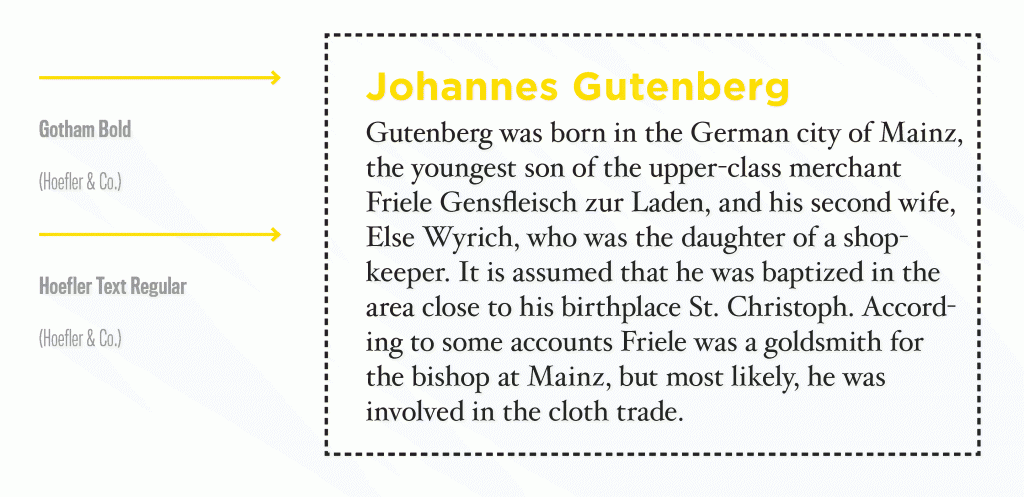Every presentation skills teacher and coach has their own perspective when it comes to building and using PowerPoint slides. I have come to the conclusion that it’s a waste of time telling people not to use slides. You’re going to use them, so instead of fighting it, I have come up with, with some influence from Garr Reynolds, my Ten Commandments for using PowerPoint slide decks:
1. Thou shall only use slides if absolutely necessary
2. Thou shall never use an old deck to build a new deck
3. Thou shall stop tweaking your deck 24 hours before thou presents
4. Thou shall beware the Bullet Point
5. Thou shall only use one idea per slide
6. Thou shall never, under any circumstances, read a slide out loud
7. Thou shall not use a slide deck as a hand out
8. Thou shall say “no” to animation
9. Thou shall only use high-resolution images
10. Thou shall not build a presentation around a deck but rather build a deck around a presentation
While most of these PowerPoint commandments make sense on their own, let me elaborate on a few.
2. Thou shall never use an old deck to build a new deck
How many times have you opened an old deck to start work on a new presentation? It’s a common occurrence and you are not alone. There really is nothing wrong with this, chances are you are going to tell a similar story and use some of the same slides. If it’s a capabilities pitch then chances are 90% of the pitch is already built. The problem is that you are starting a presentation by using technology, and before you know it, you’ll be knee deep in slide tweaking and not focusing on building a storyline. Remember the Brain Rule to Unplug and Go Analog? This is where it comes into play. Your presentation is a story and your slides are to support your story. Figure out what you want to say first and then see if there is an old deck you can use.
3. Thou shall stop tweaking your deck 24 hours before thou presents
As I have said many times, a presentation is not a meeting; it’s a performance. In fact, your presentation is often a one-act play and it needs to be treated as such. Meaning, no edits or changes 24 hours before show time. Can you imagine the director of a play walking into the a lead actor’s dressing room 2 hours before show time with new dialogue? It would never happen and the same can be said for your presentation. Any changes the day before the presentation will mess up your timing, your cadence and more than likely throw you off your game. This is especially true when it comes to Ensemble Presenting.
4, 5 and 6. Thou shall beware the Bullet Point & Thou shall never, under any circumstances, read a slide out loud & Thou shall only use one idea per slide
Commandments 4, 5 and 6 go together. The main point is that the content on each slide should be minimal and focus on one idea. If you find yourself creating a bullet list with 3 points, then you should create 3 slides. It’s that simple. Two things happen when you put up a slide with multiple bullet points:
- Your audience reads ahead
- The presenter reads the slide
Basically, everyone in the room reads and no one is presenting. If you are going to read your slides, then just email the deck to everyone and cancel the meeting. With everyone reading, there is no time to perform and engage the audience. It goes against everything I have been saying.
I use these PowerPoint commandments every time I build a deck and present. They provide a solid foundation and remind me to take my time in preparing and to respect my audience.
Michael Weiss is Vice President of Marketing at Creative Circle. He is a digital strategist and presentation coach.
This article was originally published on LinkedIn here.


